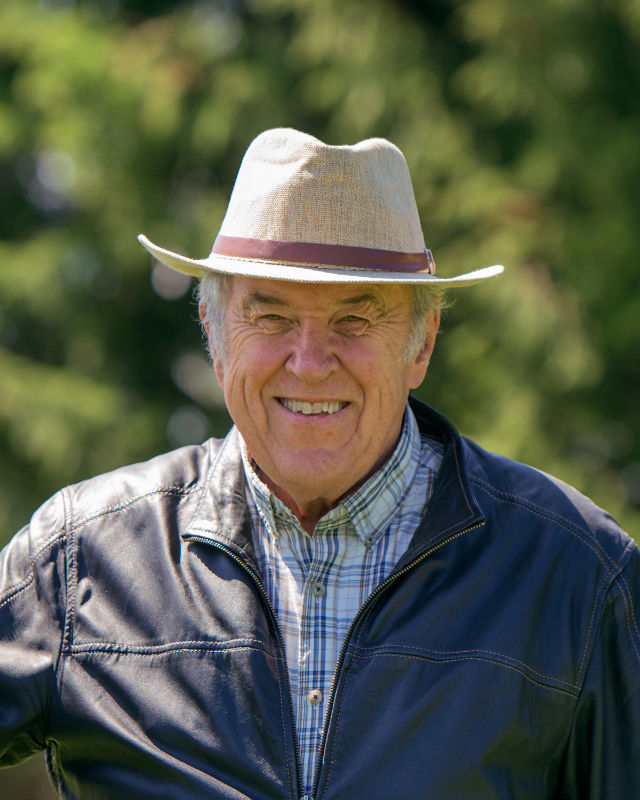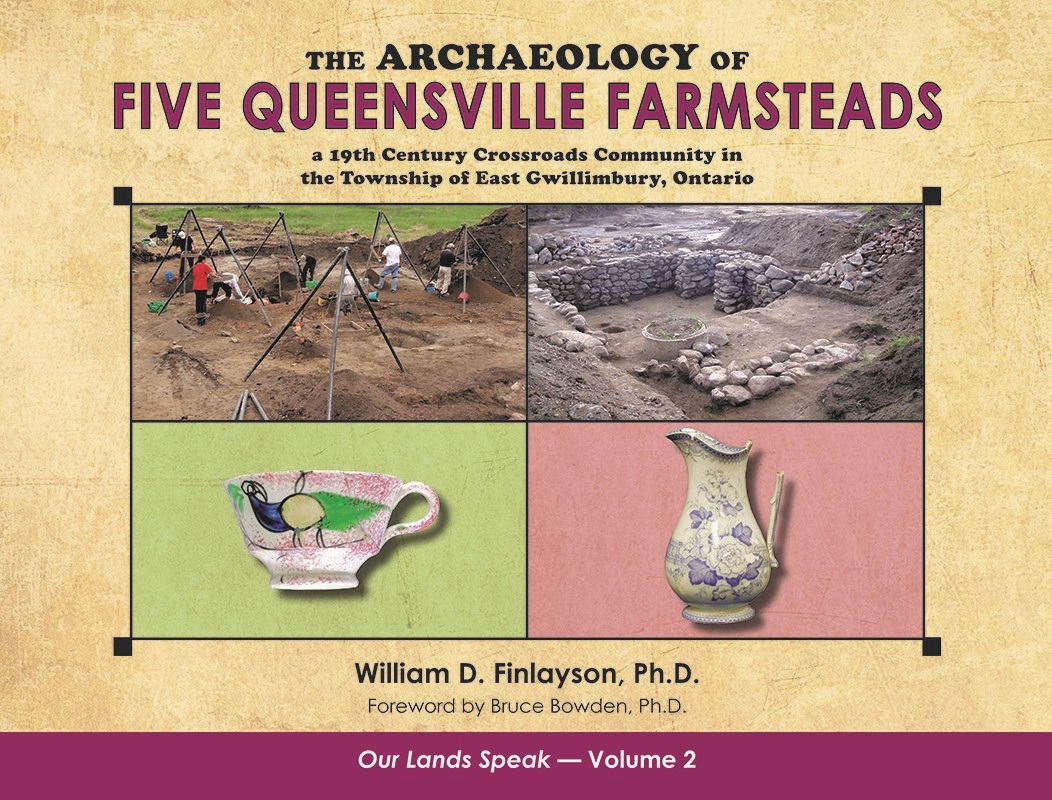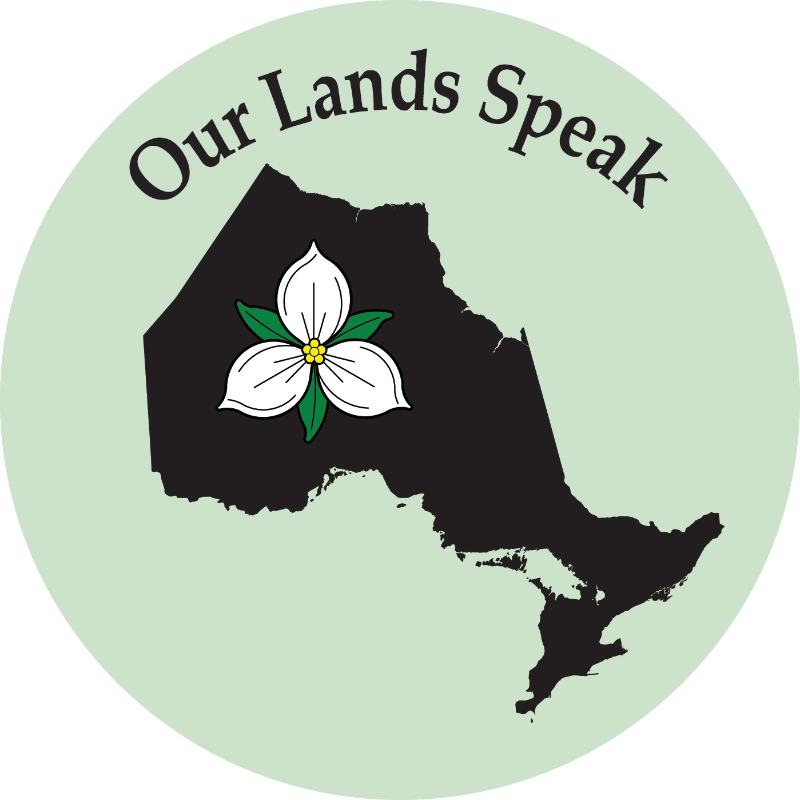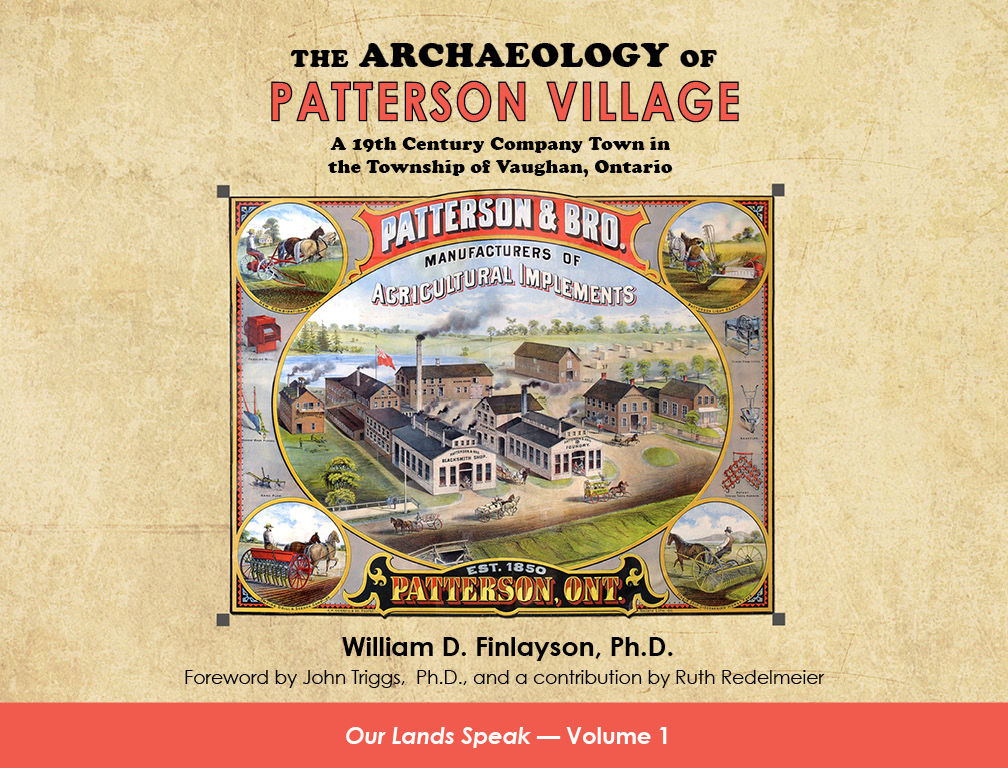Our Lands Speak is a prolific series of books documenting the fascinating findings of This Land Archaeology Inc. excavations since 2006, led by founder, author, and Ontario’s senior-most archaeologist, Bill Finlayson.
Latest Posts

Draper Village Site Defensive Structures Part 2
Here, we look at the additional planning that the Iroquoians—who lived at Draper and who moved into Draper—undertook as the various expansions of the village were constructed. As you will see, there was significant planning and I believe that much of this was of a strategic nature. Its specific purpose was to position longhouses to provide additional defensive barriers to assist in the protection of the village . . .

Draper Site Village Defensive Structures Part 1
Conrad Heidenreich, a geographer who wrote extensively on the Huron, provides in his 1970 book Huronia a description of one palisade from one village. The following was written by the French explorer Samuel de Champlain during his visit to Huron County in 1615-1616: “Fortified by wooden palisades in three tiers, interlaced into one another, on top of which, they have galleries which they furnish with stones for hurling, and water to extinguish the fire that their enemies might lay against their palisades.”

Iroquoian Arrowhead Collectors at the 16th Century Draper Site
One never knows what unusual artifacts are to be found in the collections at sites such as Draper and what new insights will result from their study.
Fittingly, I continue this blog series with another extraordinary set of findings we recovered from our excavations at the Draper site in 1975 and 1978. This involves 10 projectile points which predate the occupation of the Draper Village by many centuries. Indeed, one of these projectile points may be 8,000 to 8,900 years old, while some are several millennia old.

Neutral Indigenous Peoples Living at the Draper Site
At Draper, almost 98% of the chert used to make arrow points, scraping tools, and other cutting and scraping instruments were made from Onondaga chert. This chert was found along the north shore of Lake Erie in an area occupied and probably controlled by the Neutral. More recent research on Draper has revealed that there are other artifacts characteristic of the Neutral People. One of these was a bead made from the toe bone of a deer.
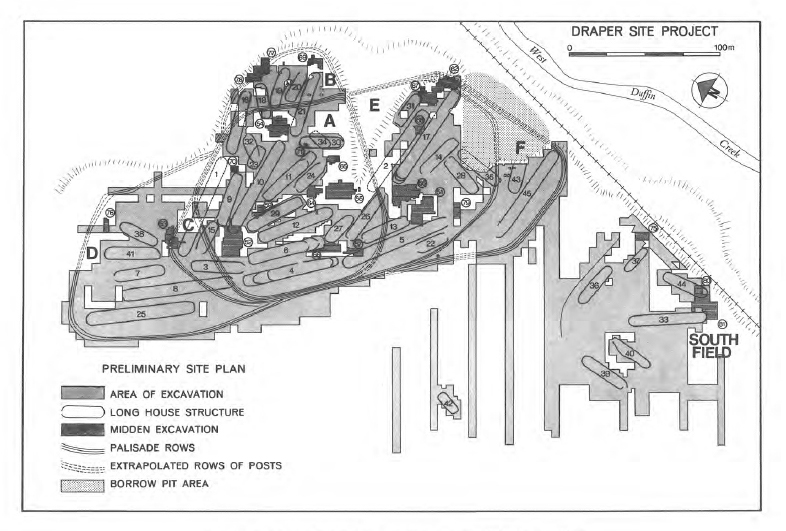
The Draper South Field
We discovered 7 houses about 40 metres south of the Draper Main Village. Two of these houses overlapped, with one being shorter. I believe the latter may have been lived in by the workers who built the rest of the houses. There was eventually a total of 6 houses separated from the Main Village by a fence, and likely occupied at the same time.
The Brains Behind the Books
